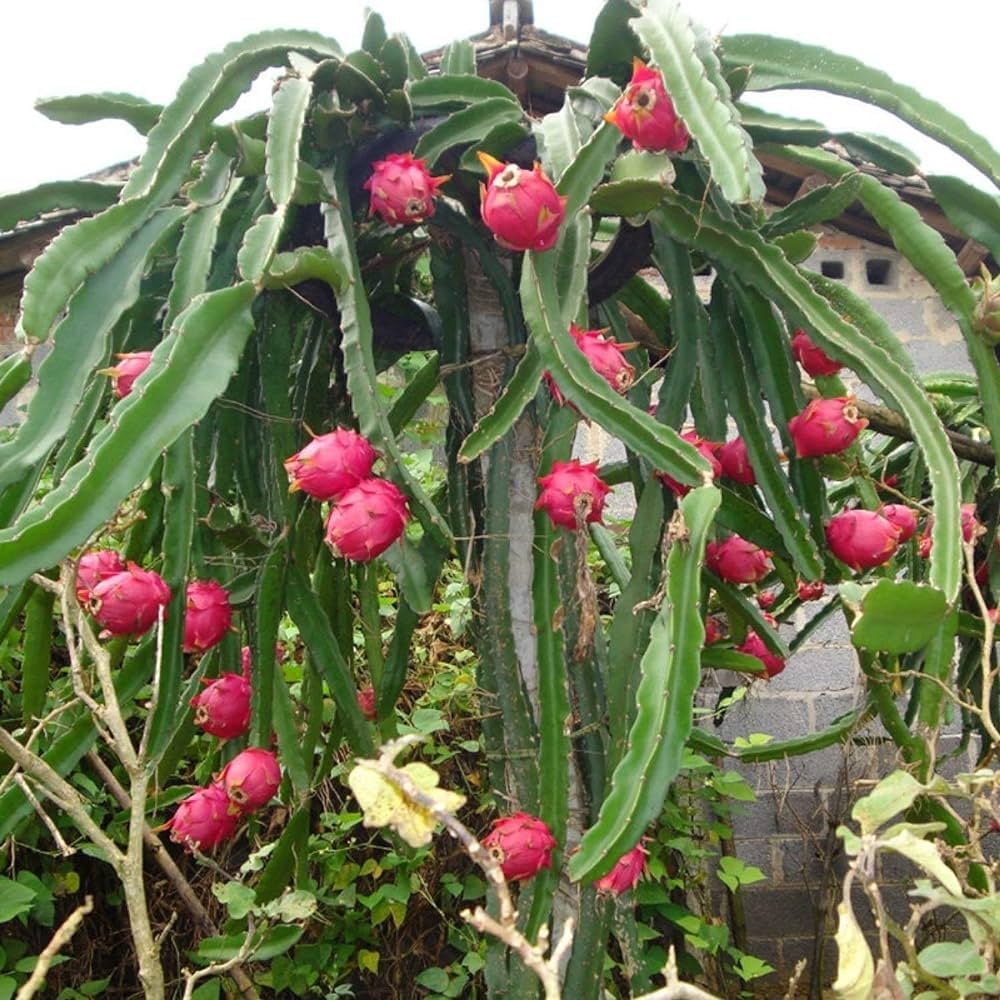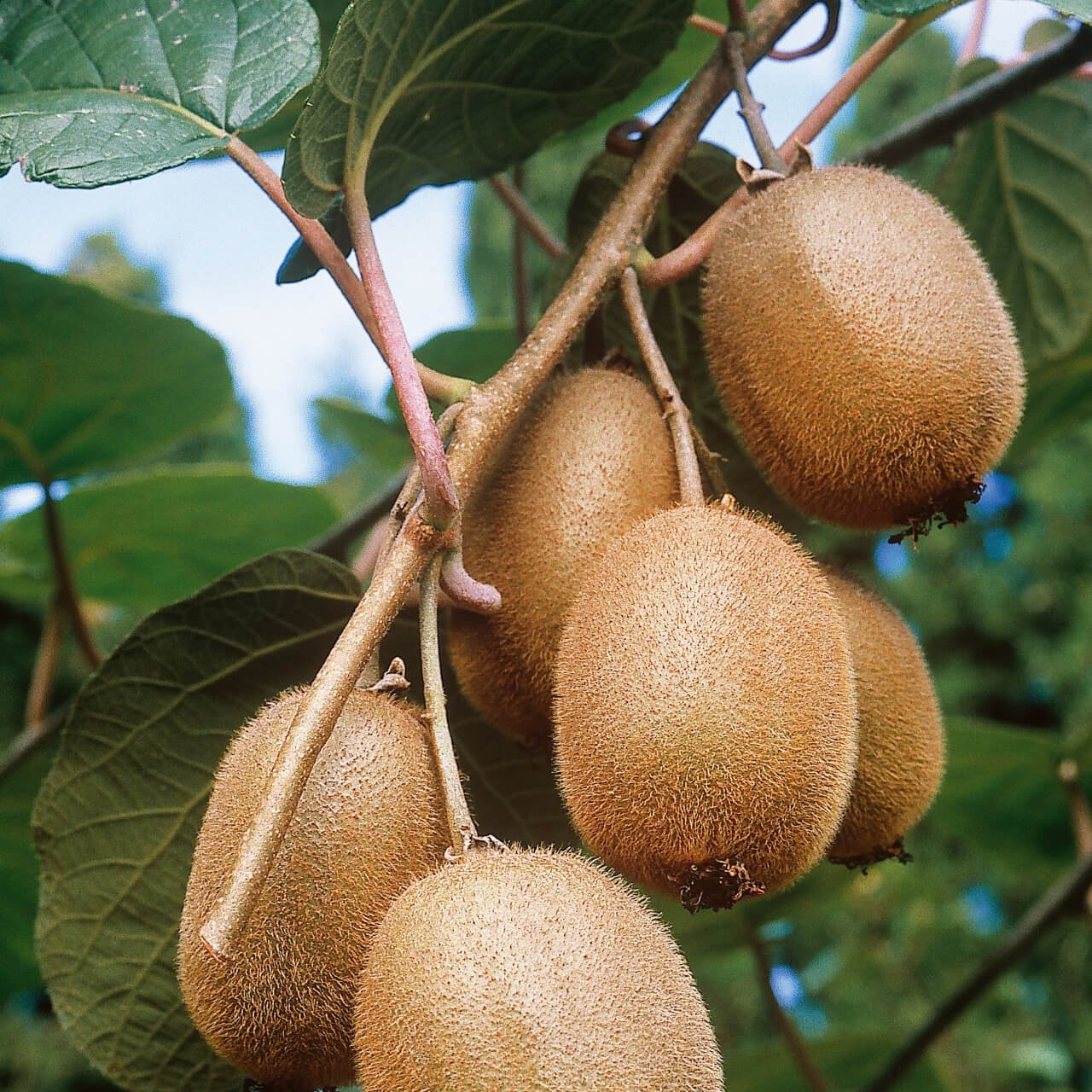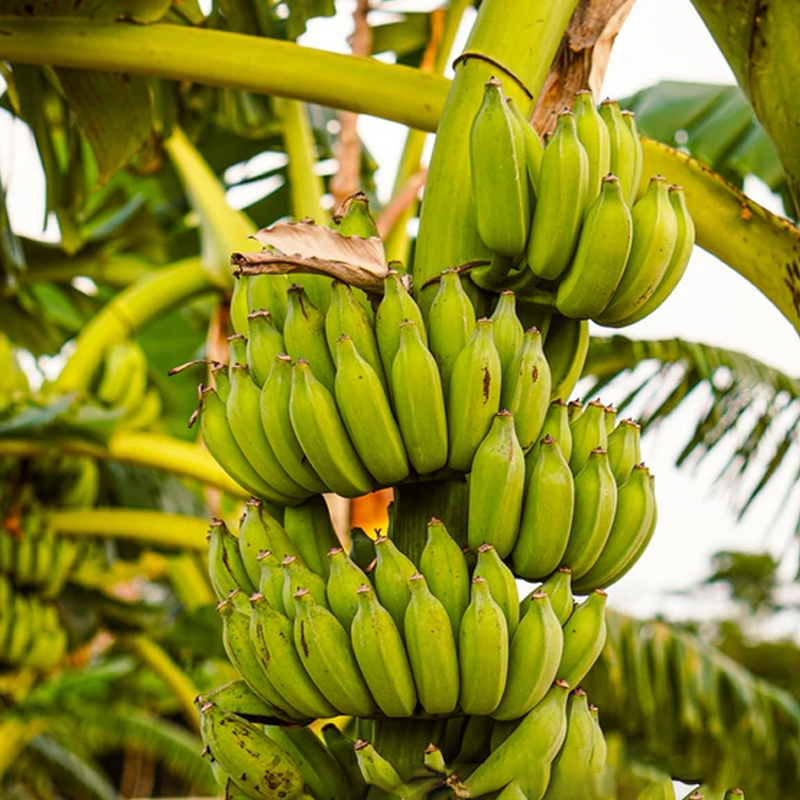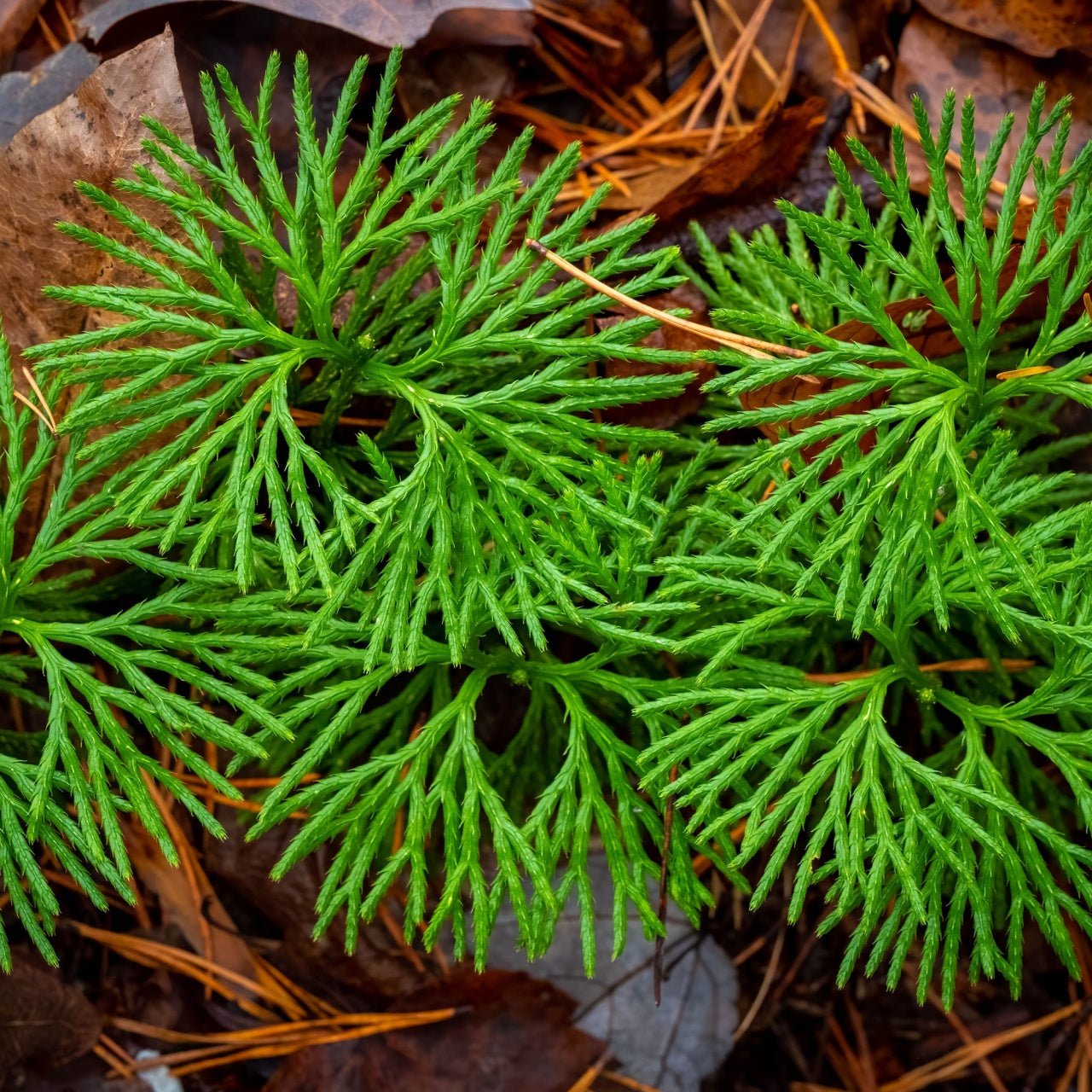


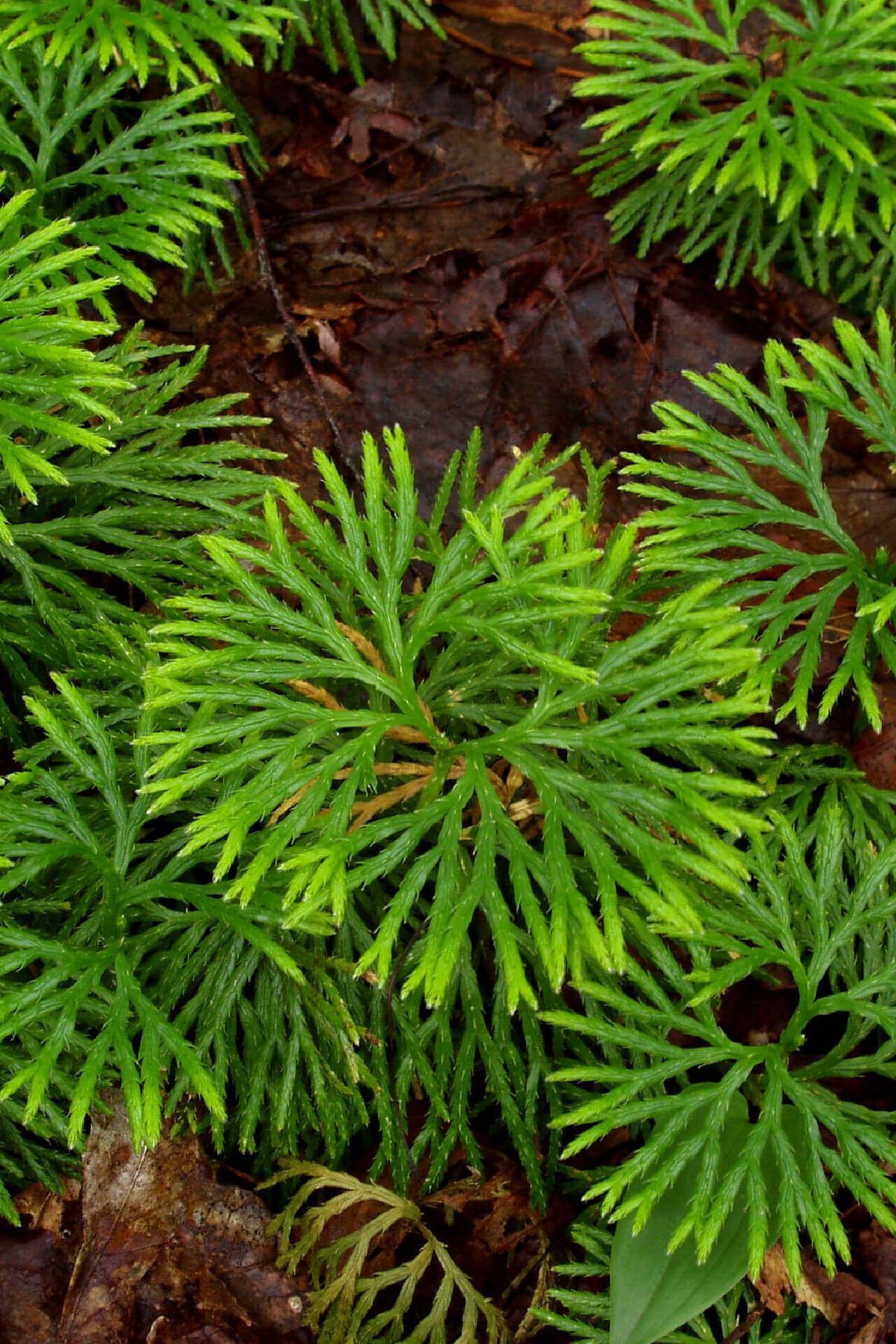
Running Cedar
Excellent ground cover for shade areas
Attractive, dense foliage year-round
Low maintenance and drought-tolerant
Thrives in
ZONE 4ZONE 5ZONE 6ZONE 7This plant ships:
Ships Now (5-7 Days)Running Cedar - Diphasiastrum digitatum
Running Cedar is a creeping, evergreen plant with needle-like leaves that resemble fern fronds. It is commonly found in moist woodlands and forests. It features leaves that look pretty similar to the boughs of the tree bearing its name. This evergreen plant can make quite an attractive addition to your home, but why might you want to grow it there? Beyond its striking looks, here are a few key reasons it adds value to any yard.
Running Cedar Can Tell You More About Your Environment
It is a fern-like plant that's said to be adept at pulling pollutants out of its surroundings, which can help you improve the overall health of other plants in the area and remove some of the airborne contaminants that might impact your well-being. However, it's worth noting that the most significant benefit is what the plant reveals. Because it removes toxins, changes in the plant's health could indicate issues with the soil or the air that even this hardy little plant can't handle by itself.
Running Cedar Will Stick With You
It takes time to grow, but don't let that fool you into thinking it will easily be weakened by weather and other threats. This fern ally is pretty hardy, ensuring that it will be able to persist in your space even if it is presented with some climate changes or other changes that other plants in your yard might not be able to withstand.
It creeps along your yard, but it's important to remember that this isn't a traditional moss. This vascular plant has root systems, allowing it to defend against soil erosion more effectively. Its love of moisture also means that it can protect against flooding and absorb more water when it appears.
The plants prefer partial to full shade. They also tolerate some light but grow best in cool and damp conditions of partial shade.
It is a low-growing, slow-spreading, perennial, evergreen shrub with feathery, green foliage. It produces thick layers of green matter, which creates a carpet-like feel in shady areas.
The plant can be grown on well-drained, slightly acidic loamy or silt soils with good organic content. It grows best in wet and shaded conditions.
To maintain it, keep the soil moist but not waterlogged and remove weeds to eliminate competition. Trim parts of the plant that have grown out of control to promote proper growth.
Like many other deciduous trees, running cedar grown outdoors does not necessarily have to be provided with superior amounts of fertilizers. If necessary, you can apply a slow-release fertilizer that contains an NPK ratio of 1:1:1 early in the growing season. Organic compost is also a good choice.
This Is How Your Plants Will Look upon Delivery
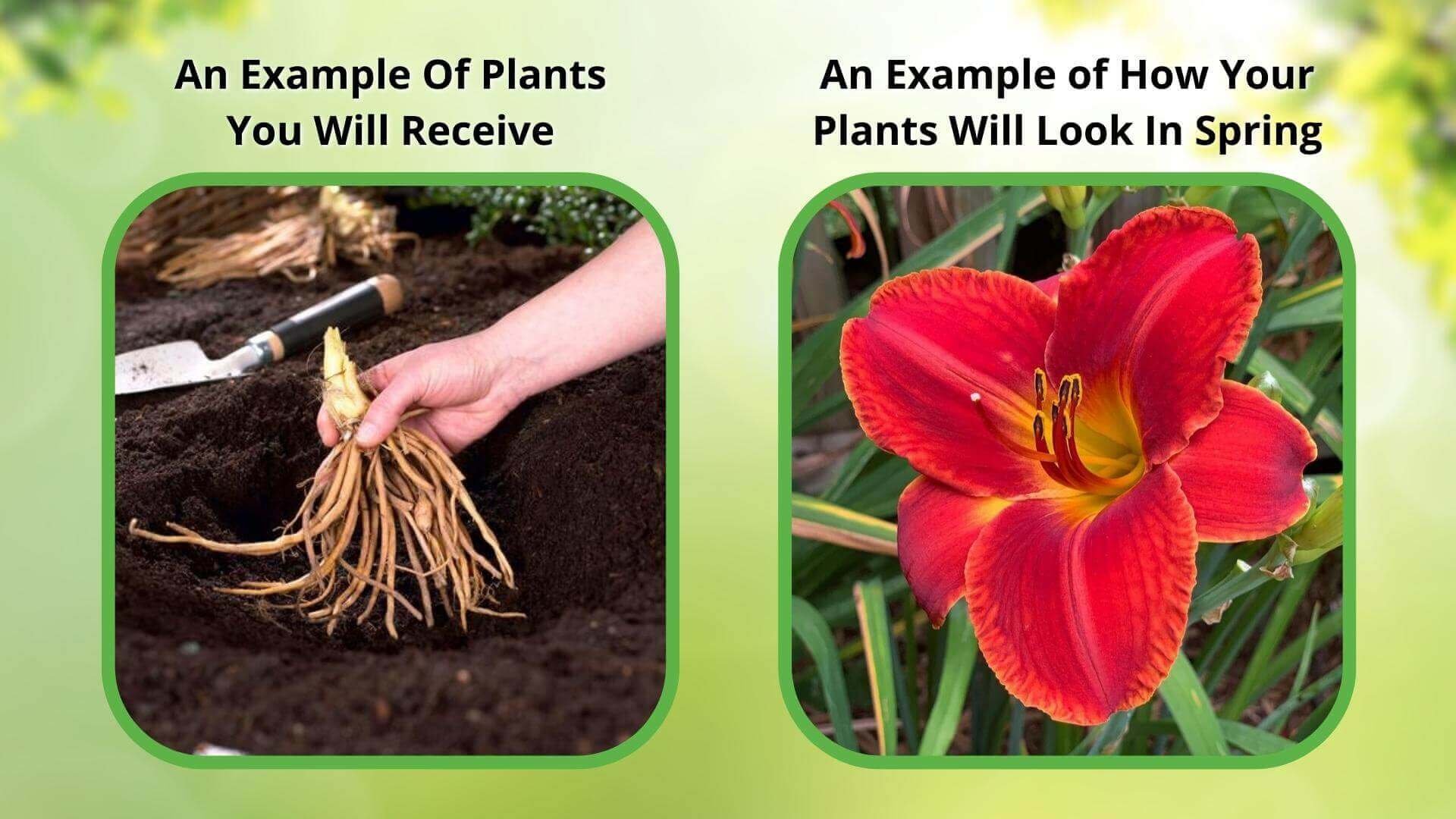
Height at Maturity
Under 12"
Care
Running Cedar (Diphasiastrum digitatum) prefers well-drained, acidic soils and thrives in a relaxed, moist environment. Keep the soil always damp but not soggy. Mulch the base to keep dampness and quell weeds. Avoid heavy pruning; remove dead or damaged stems.
Plant Reproduction
Running Cedar spreads by releasing spores.
Shipping date depends on the date displayed and chosen when you order from the product's page.
We only accept returns on plants verified dead. If you think your plants have died, we offer a 1 year warranty, please use this File a Claim Link to verify dead plants and start with return warranty process.





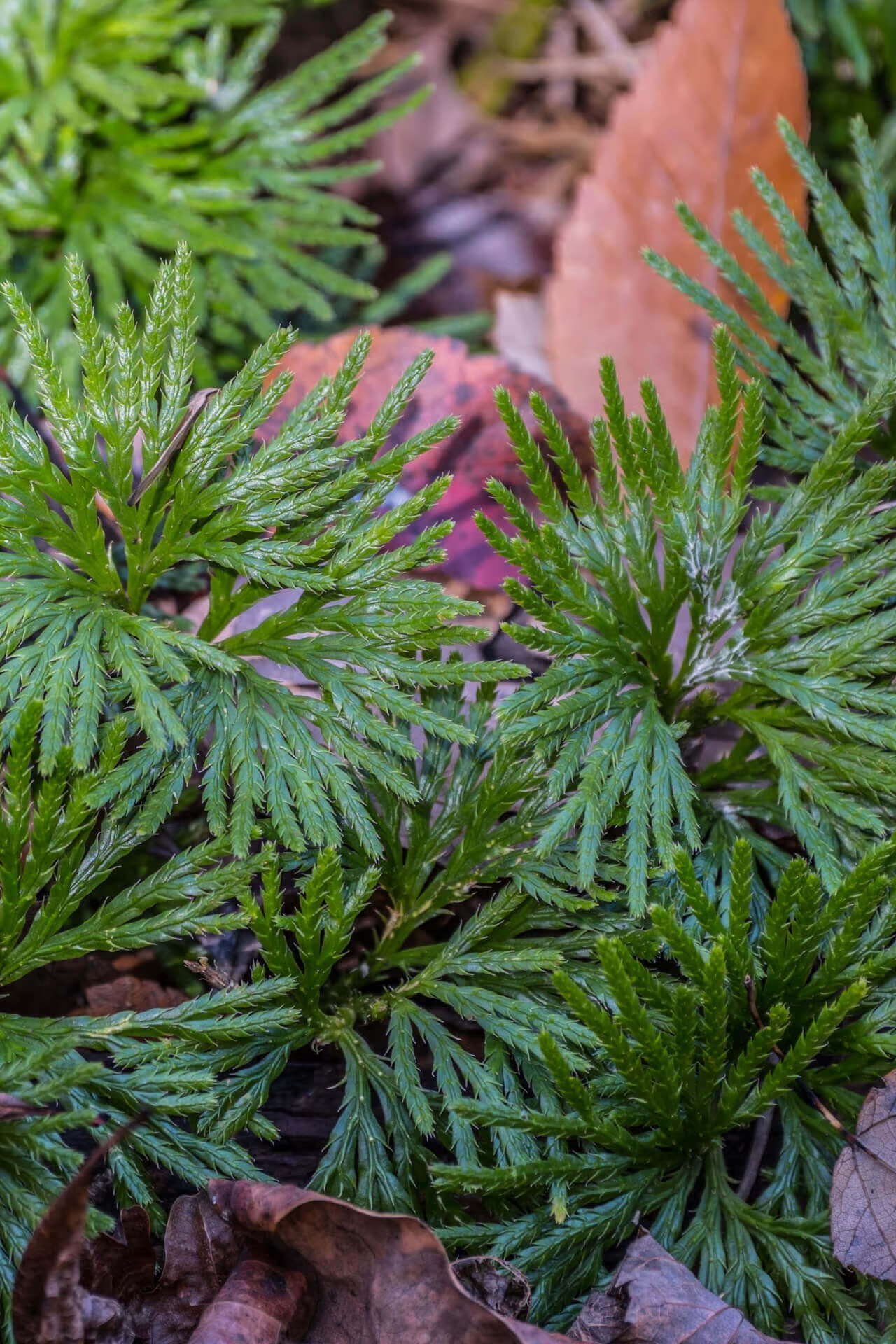
Pollutant Removal:
Running Cedar helps improve air quality and plant health by pulling pollutants from its surroundings.
Lush Ground Cover:
Running Cedar spreads out to create a lush green ground cover enhancing the aesthetic of any yard.
Hardy Growth:
Despite its slow growth Running Cedar is resilient and withstands climate changes and environmental stress.
Erosion Control:
Its extensive root system makes Running Cedar effective at preventing soil erosion and managing flooding.
Caring Tips
How do I care for my Running Cedar?
Each box contains detailed care instructions and information about your product. But here's the basics.
Care Tips
Running Cedar (Diphasiastrum digitatum) prefers well-drained, acidic soils and thrives in a relaxed, moist environment. Keep the soil always damp but not soggy. Mulch the base to keep dampness and quell weeds. Avoid heavy pruning; remove dead or damaged stems.
Light Requirements
Running Cedar (Diphasiastrum digitatum) thrives in partial to full shade. It prefers low to moderate light conditions, making it ideal for shaded woodland gardens or under-tree canopies where it can enjoy indirect light and humidity.
Hardy Planting Zones
4 • 5 • 6 • 7
Header
Use this content to share information about your store and products.
Frequently Asked Questions
How often should I water my plants?
How do I know if my plant is getting too much or too little sunlight?
What should I do to prepare my plants for winter?
What are the signs that my plant needs fertilizing?
How can I prevent pests from damaging my plants?
How do I choose the right plant for my climate zone?



